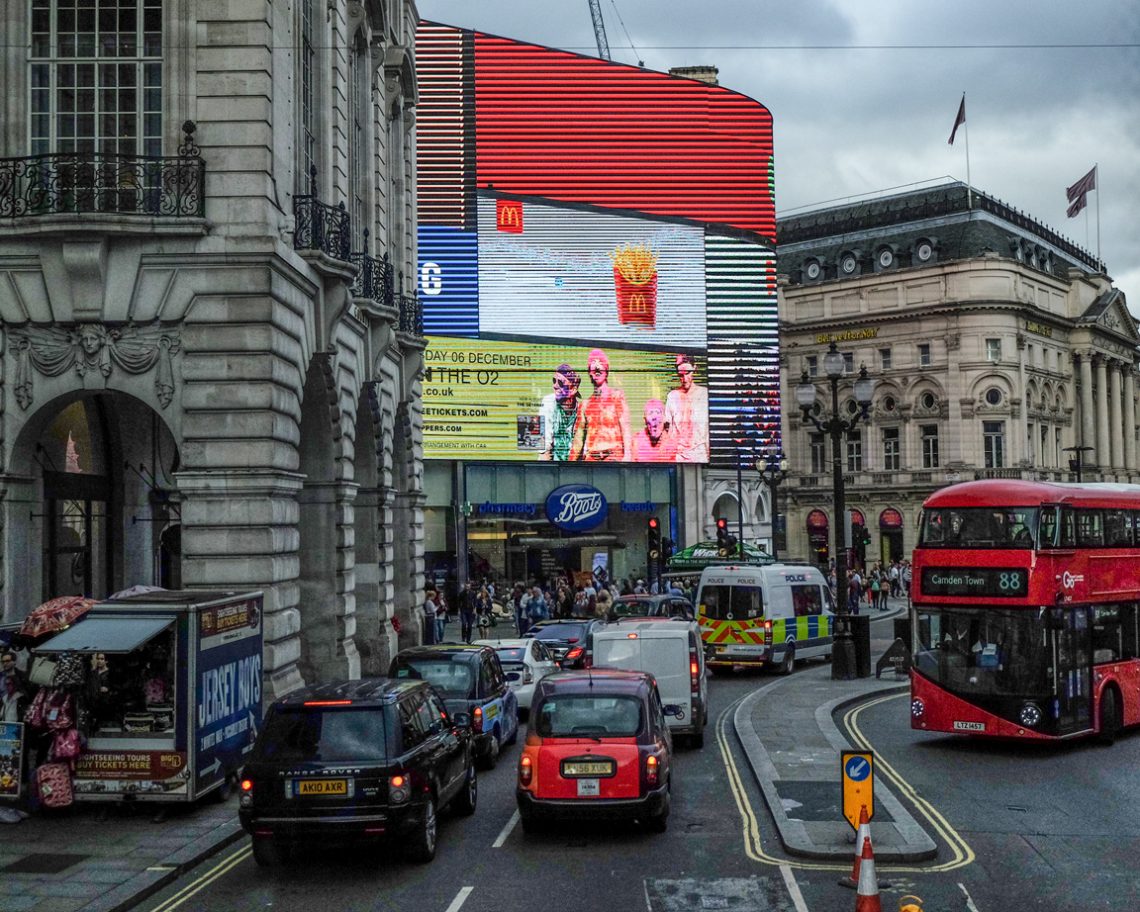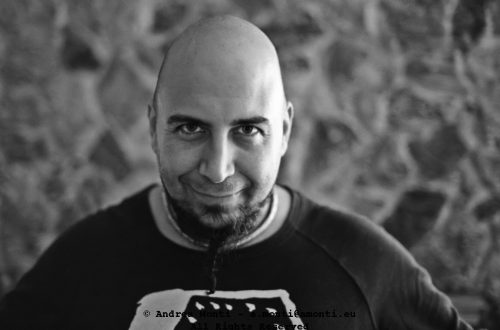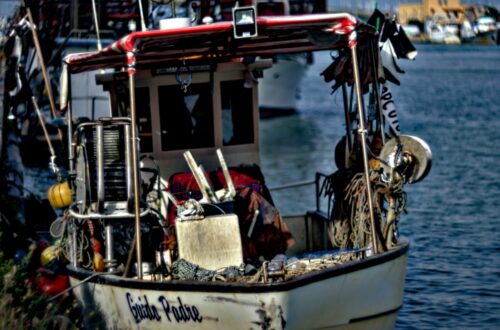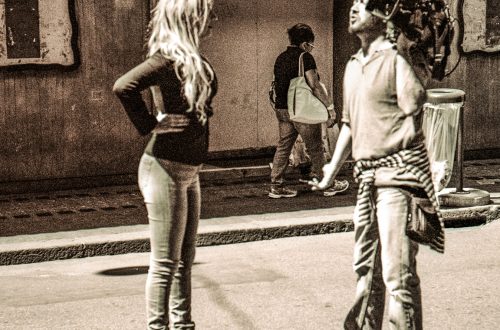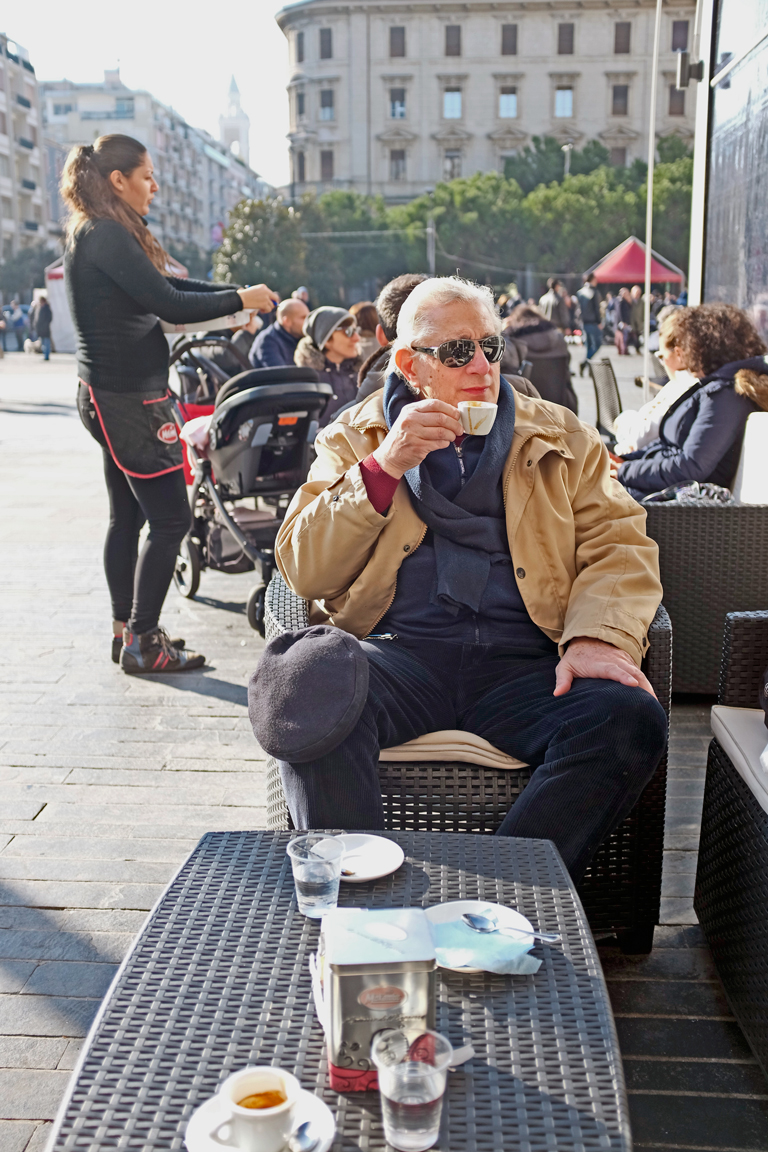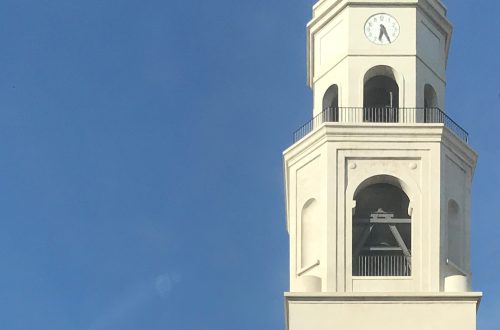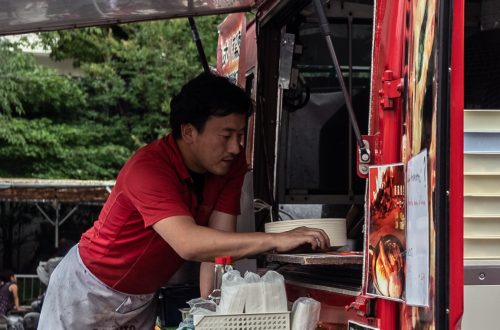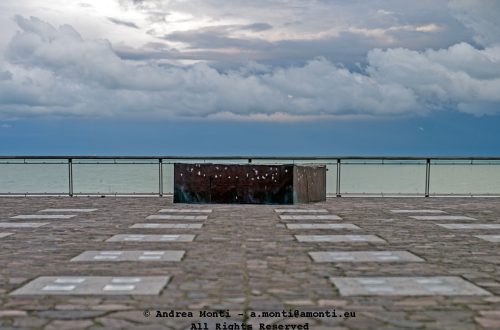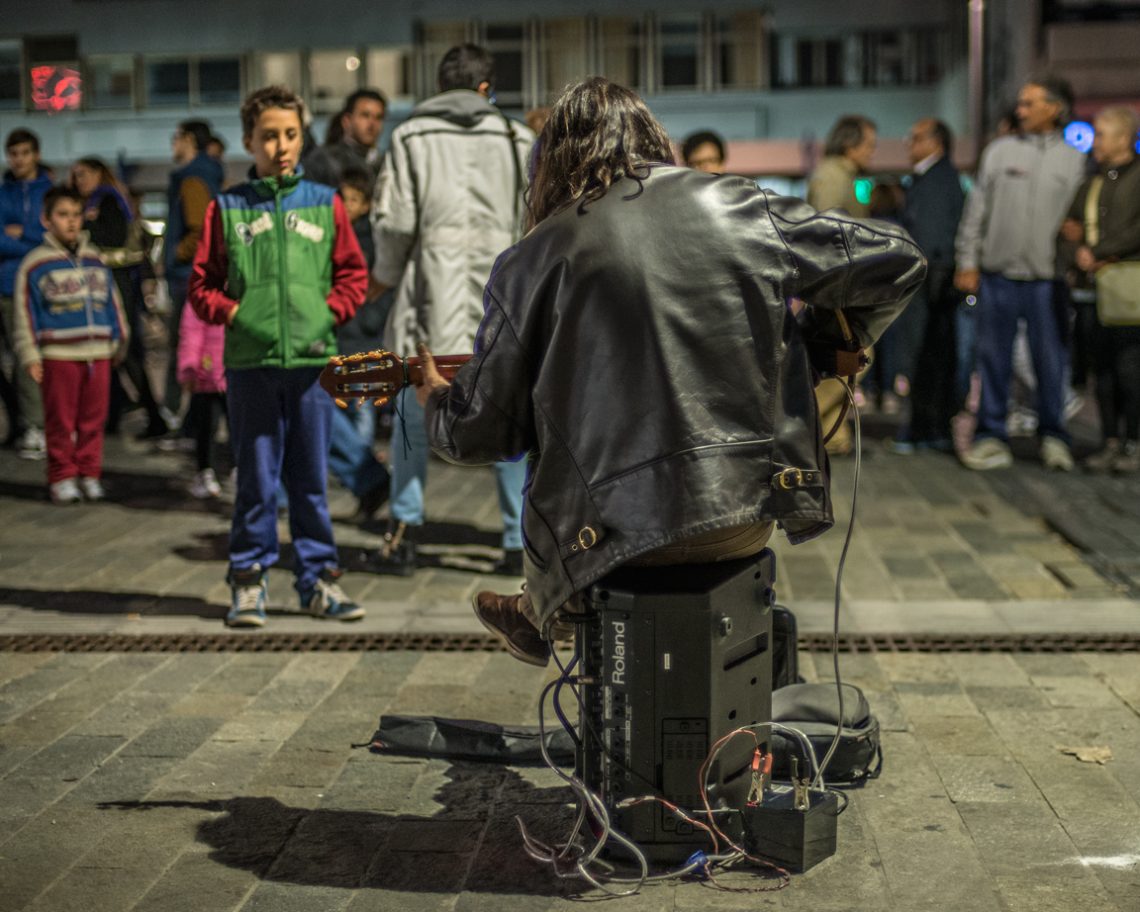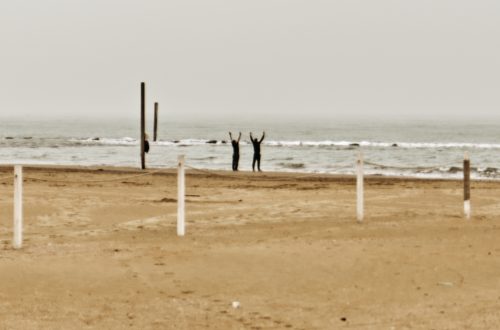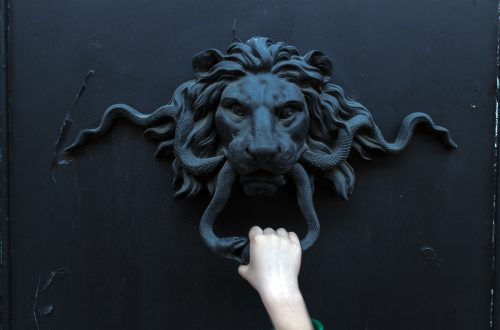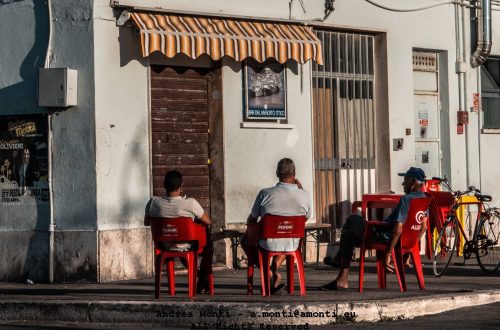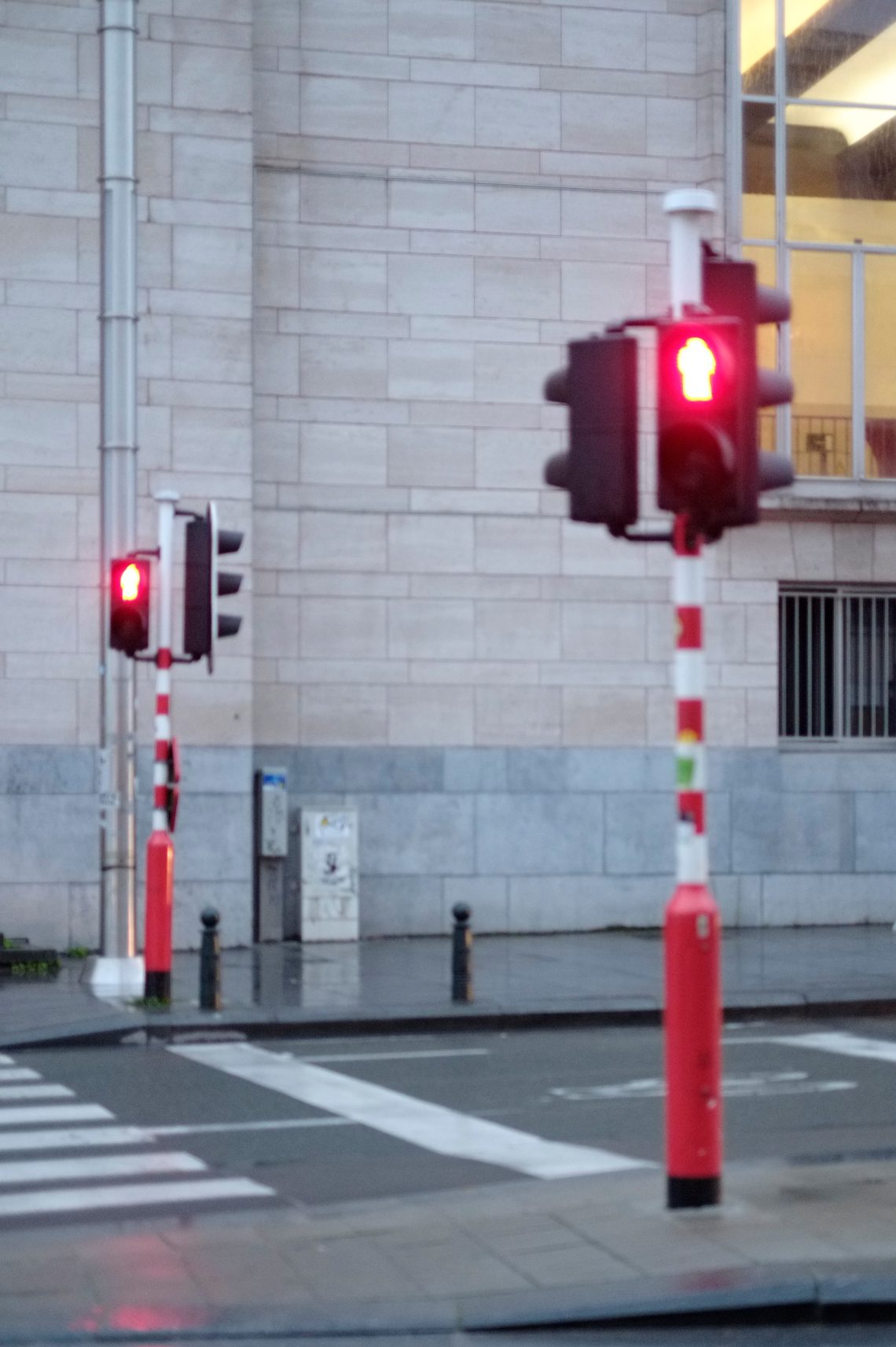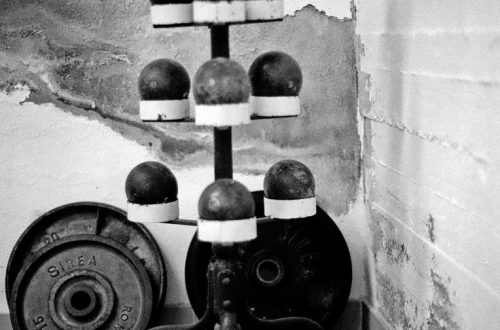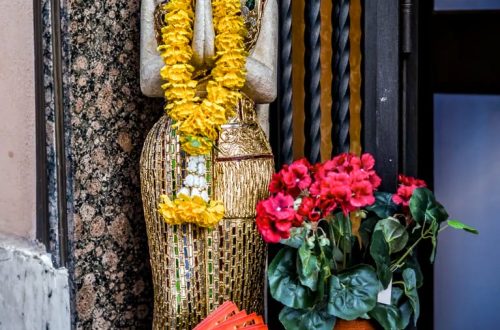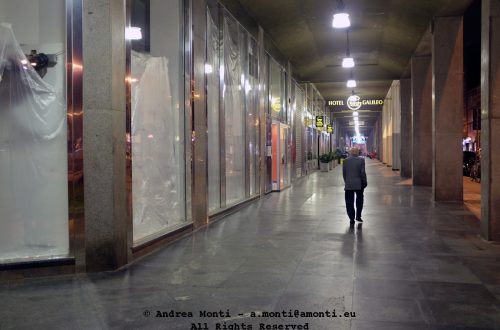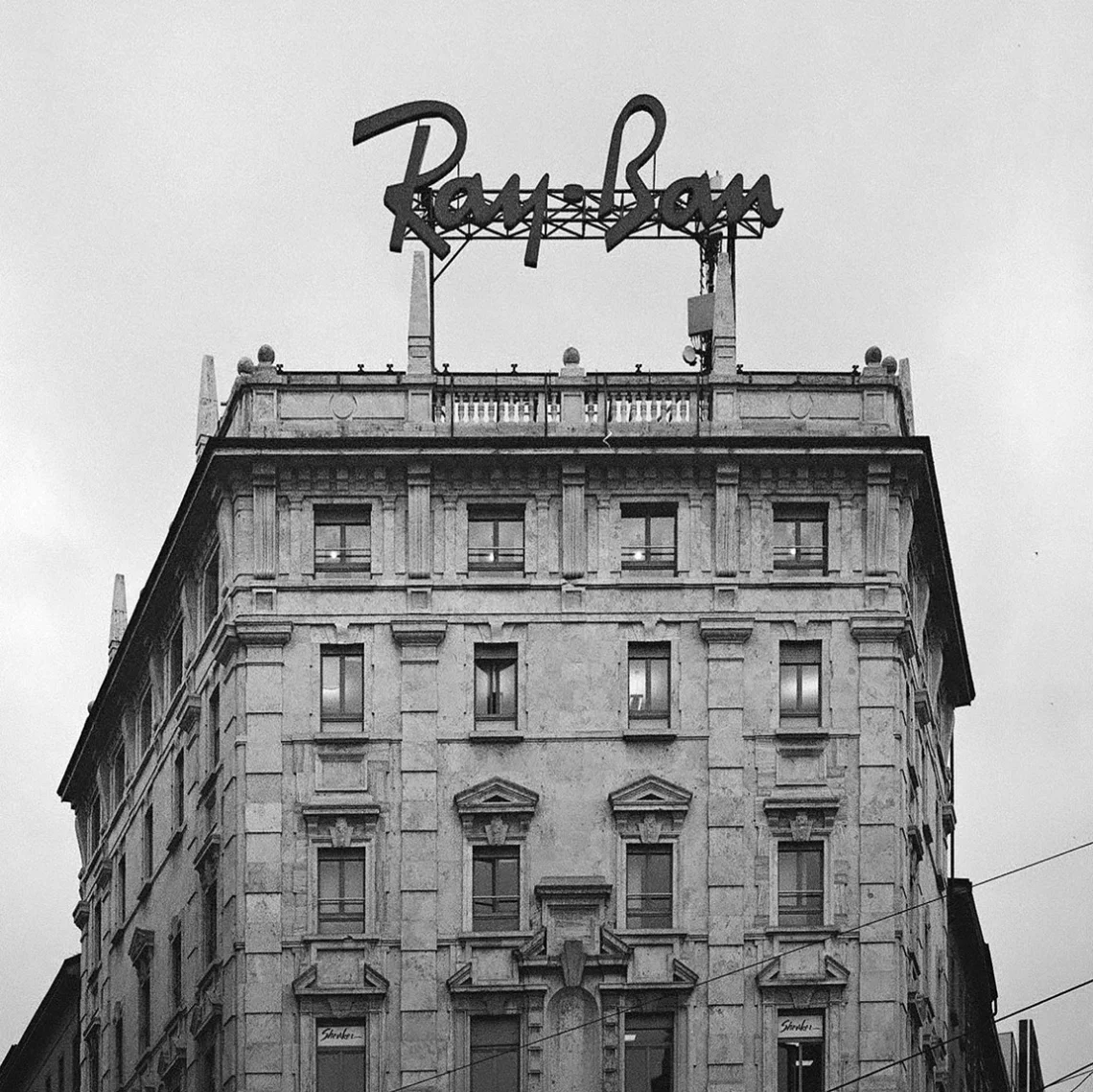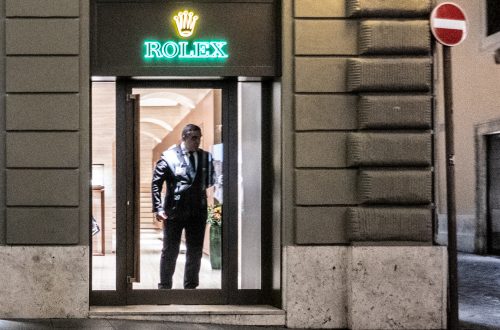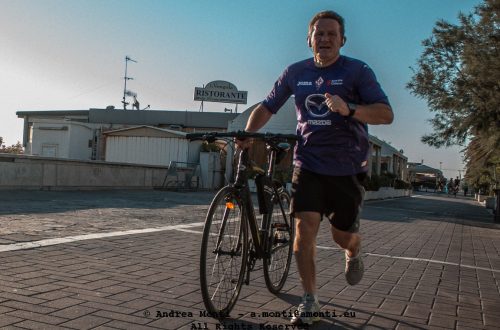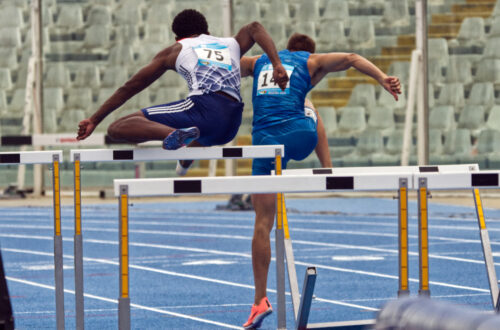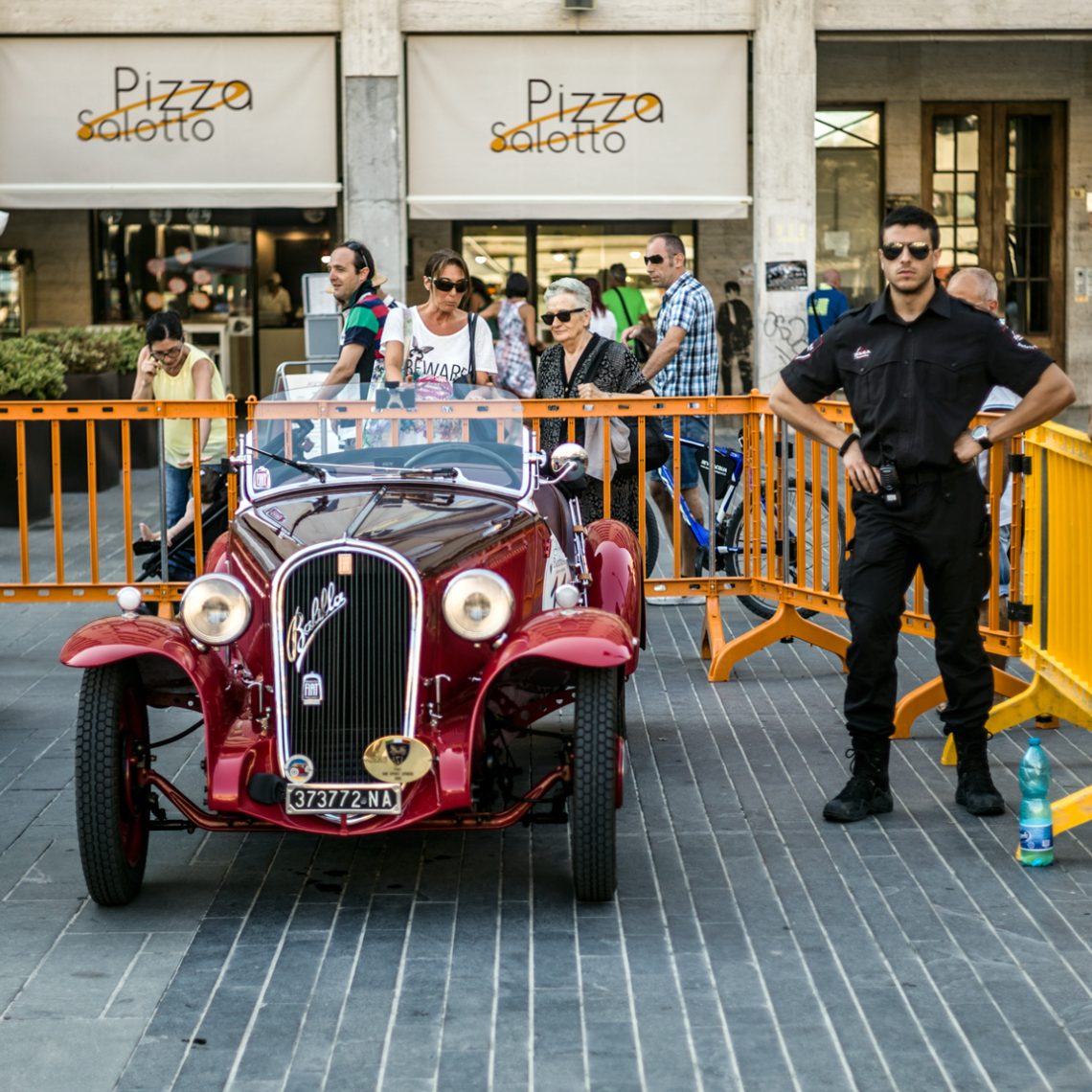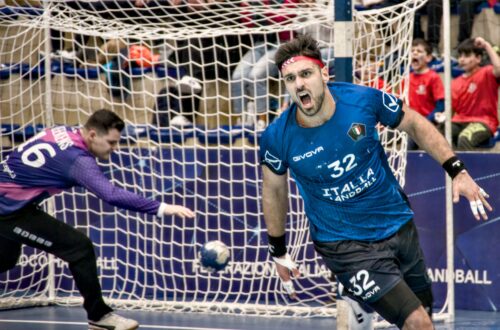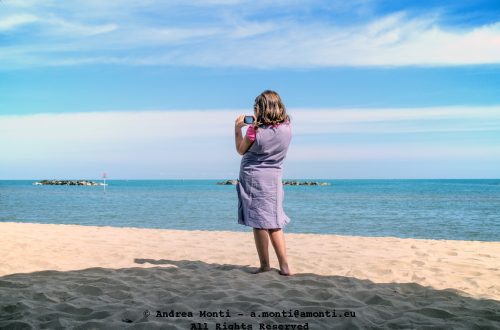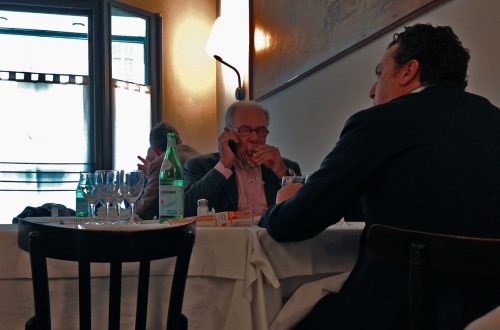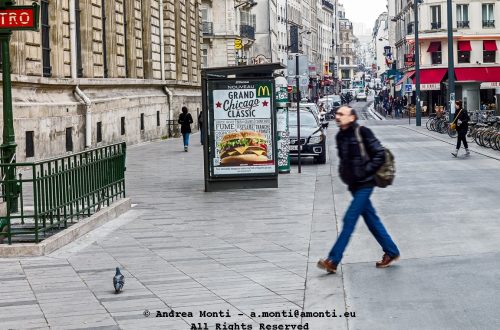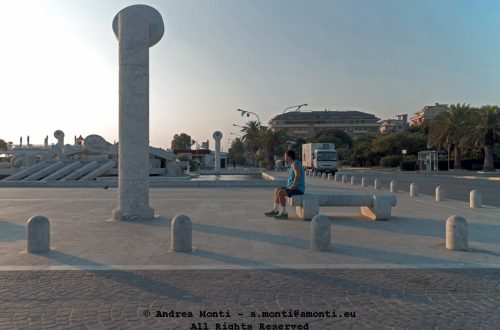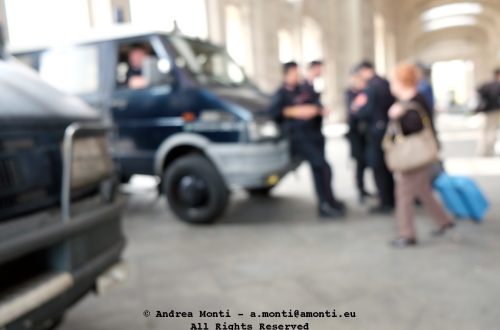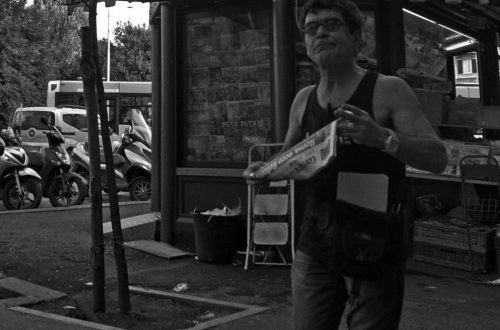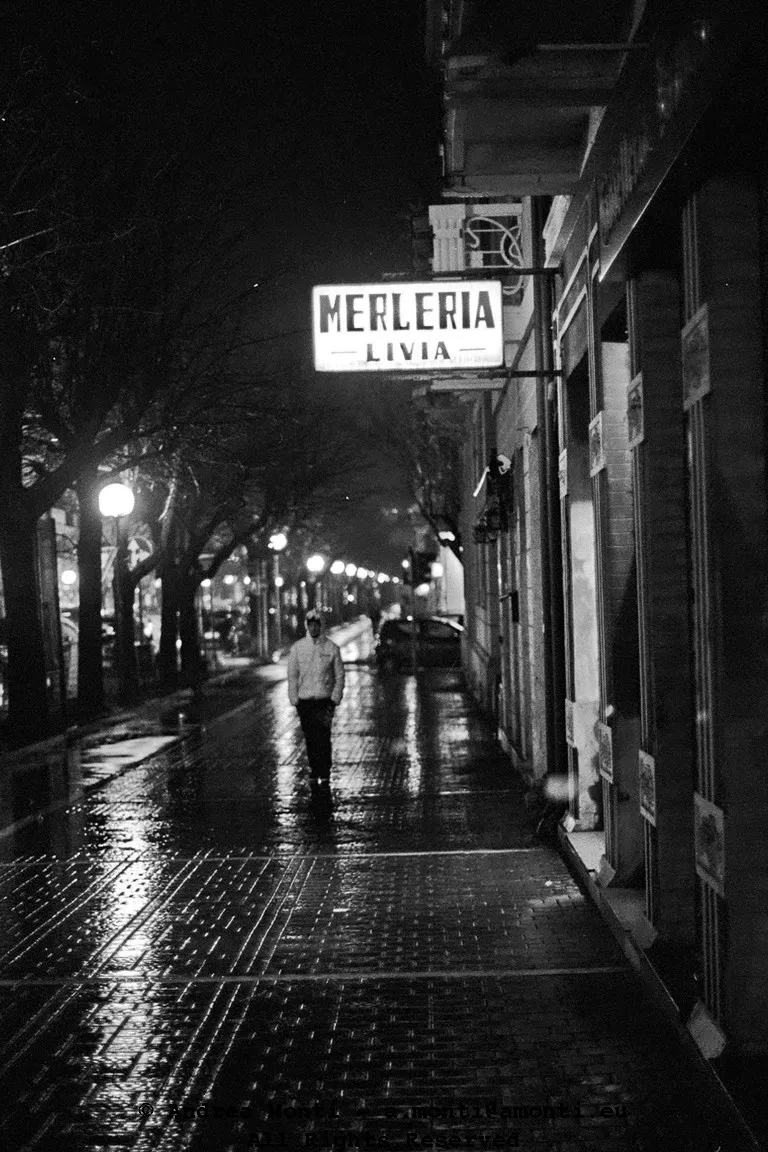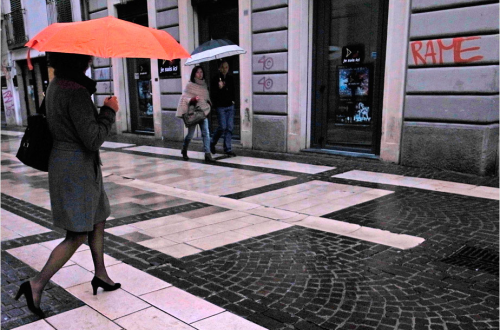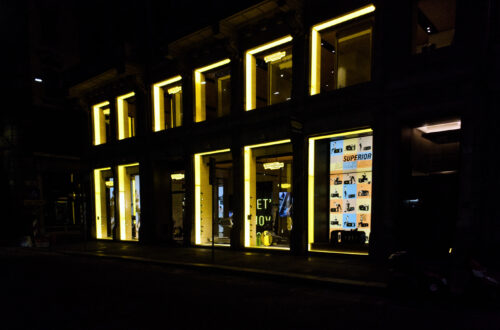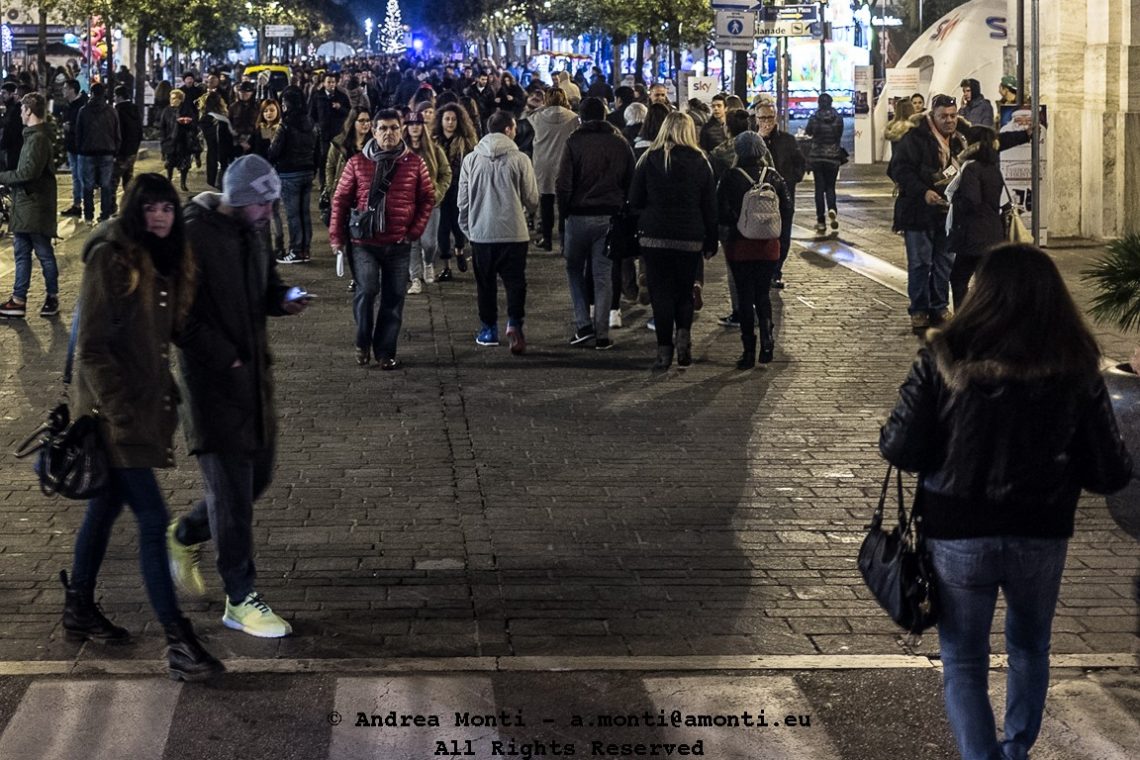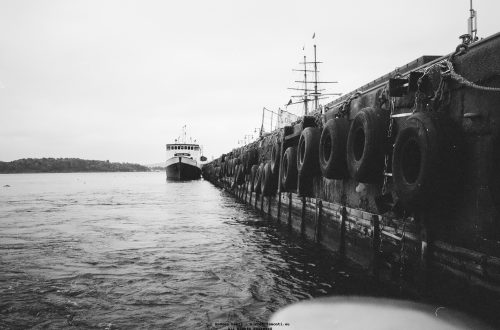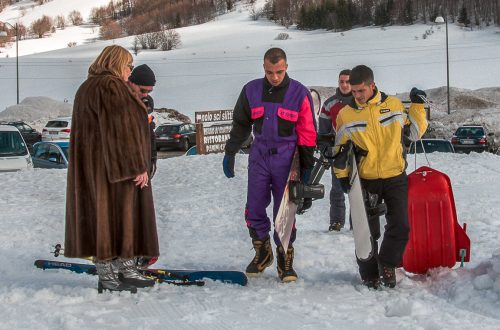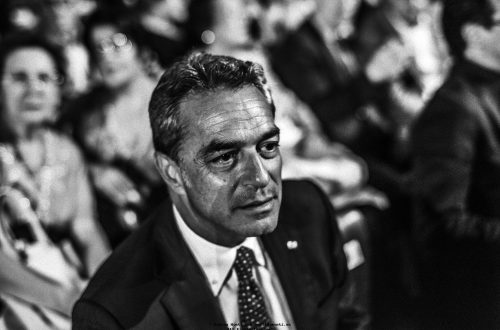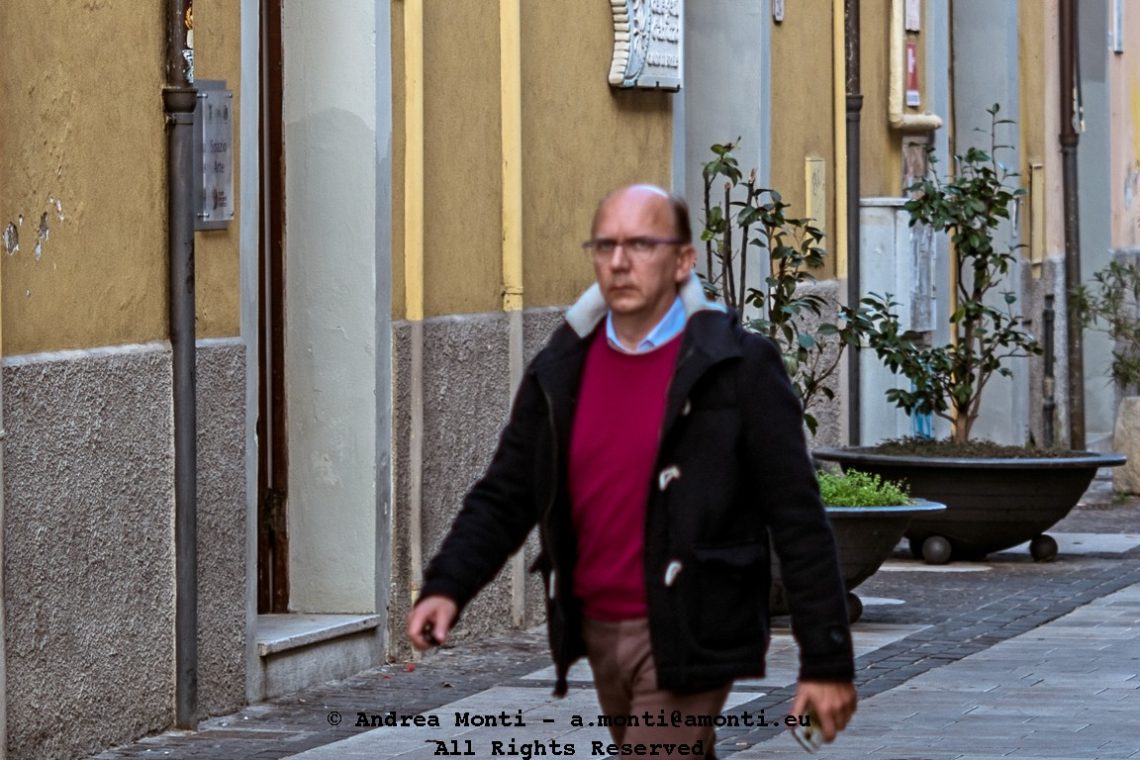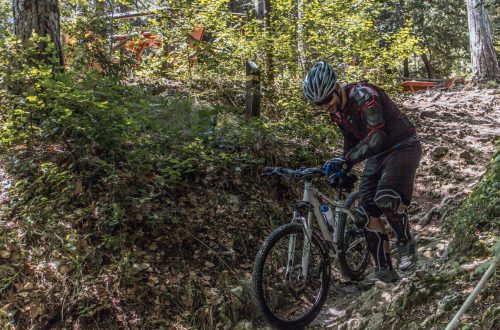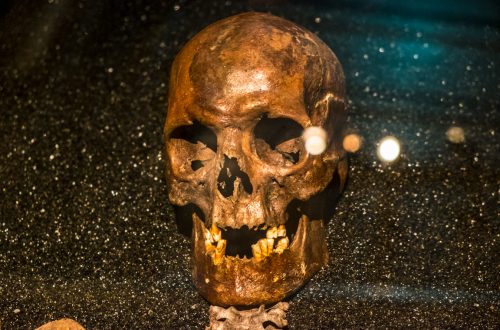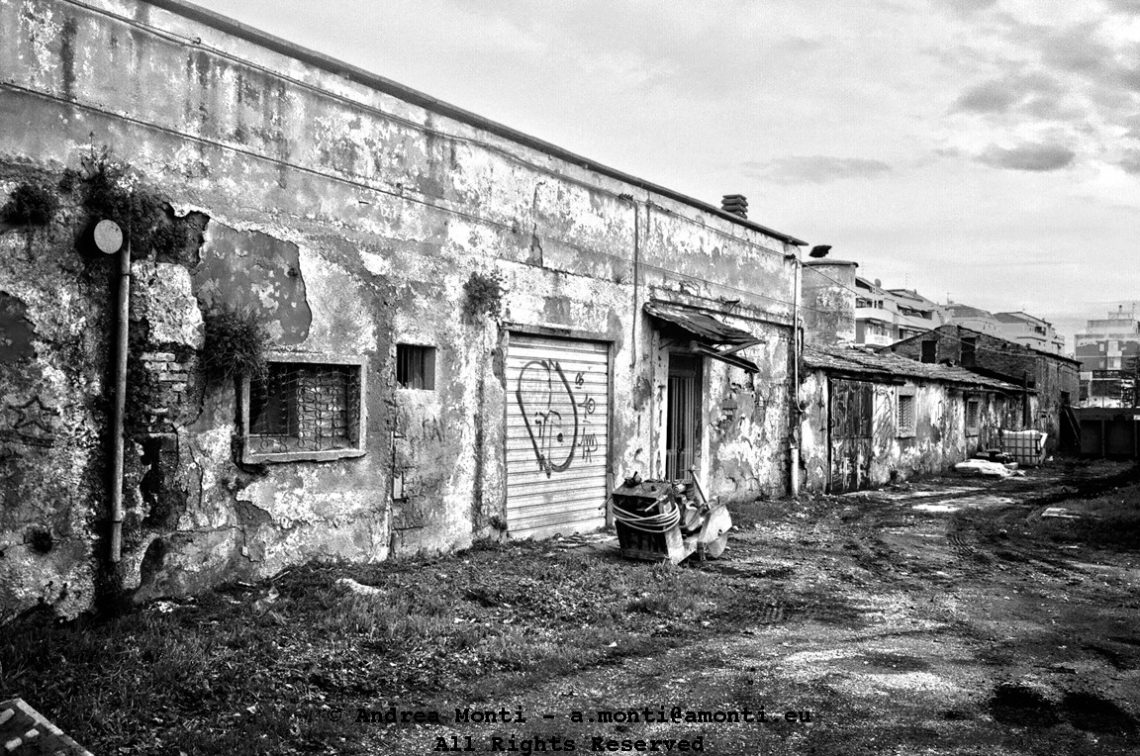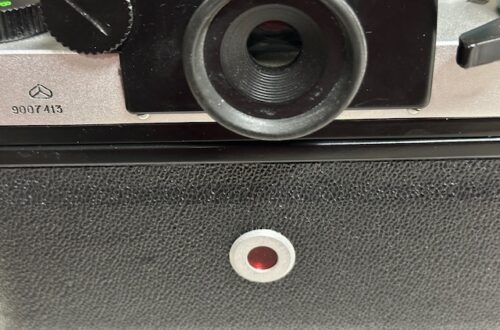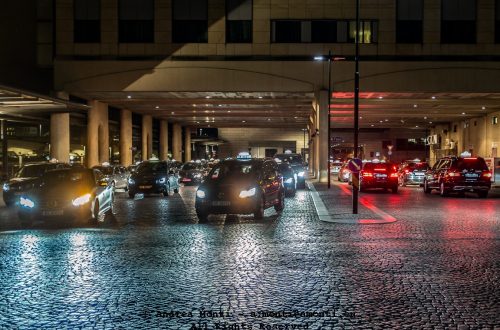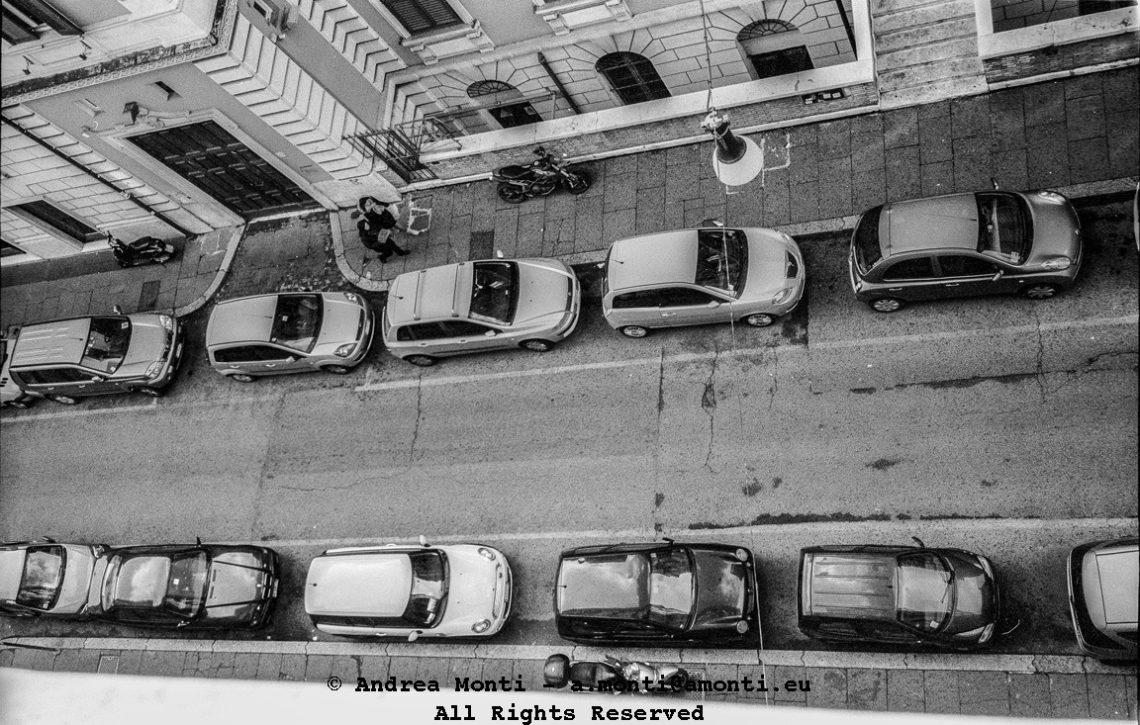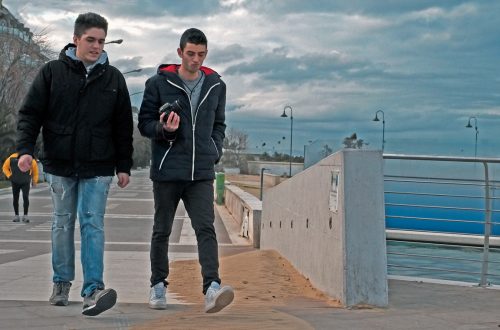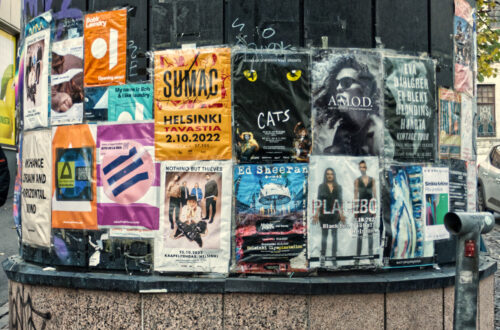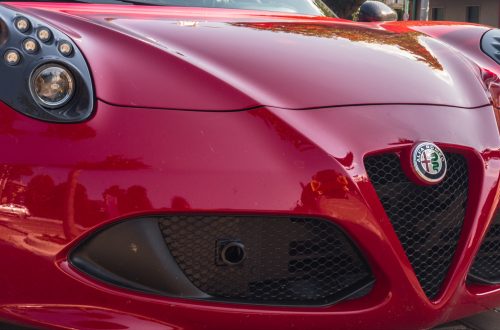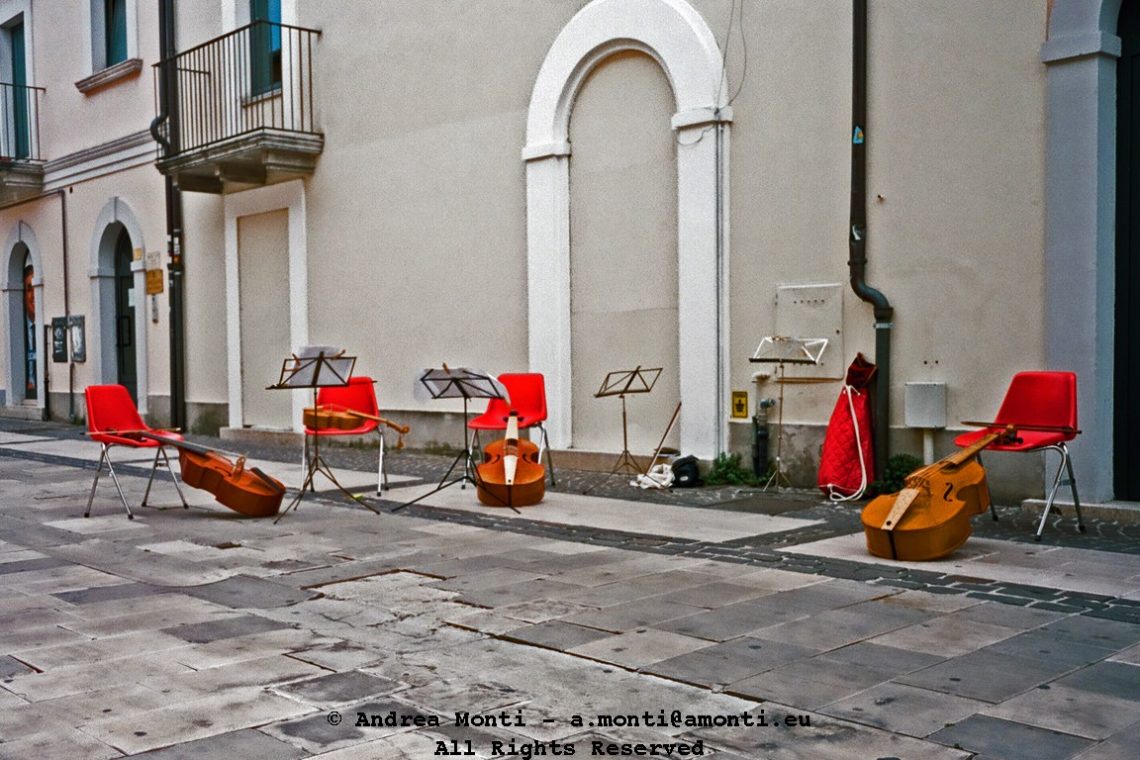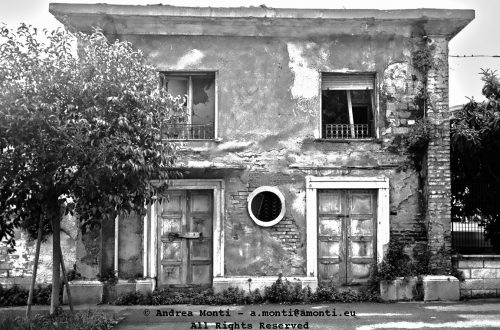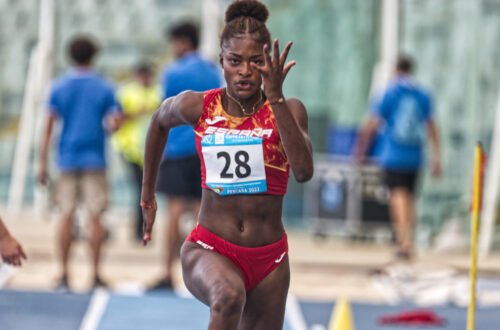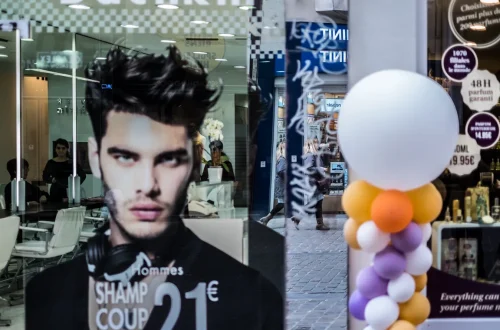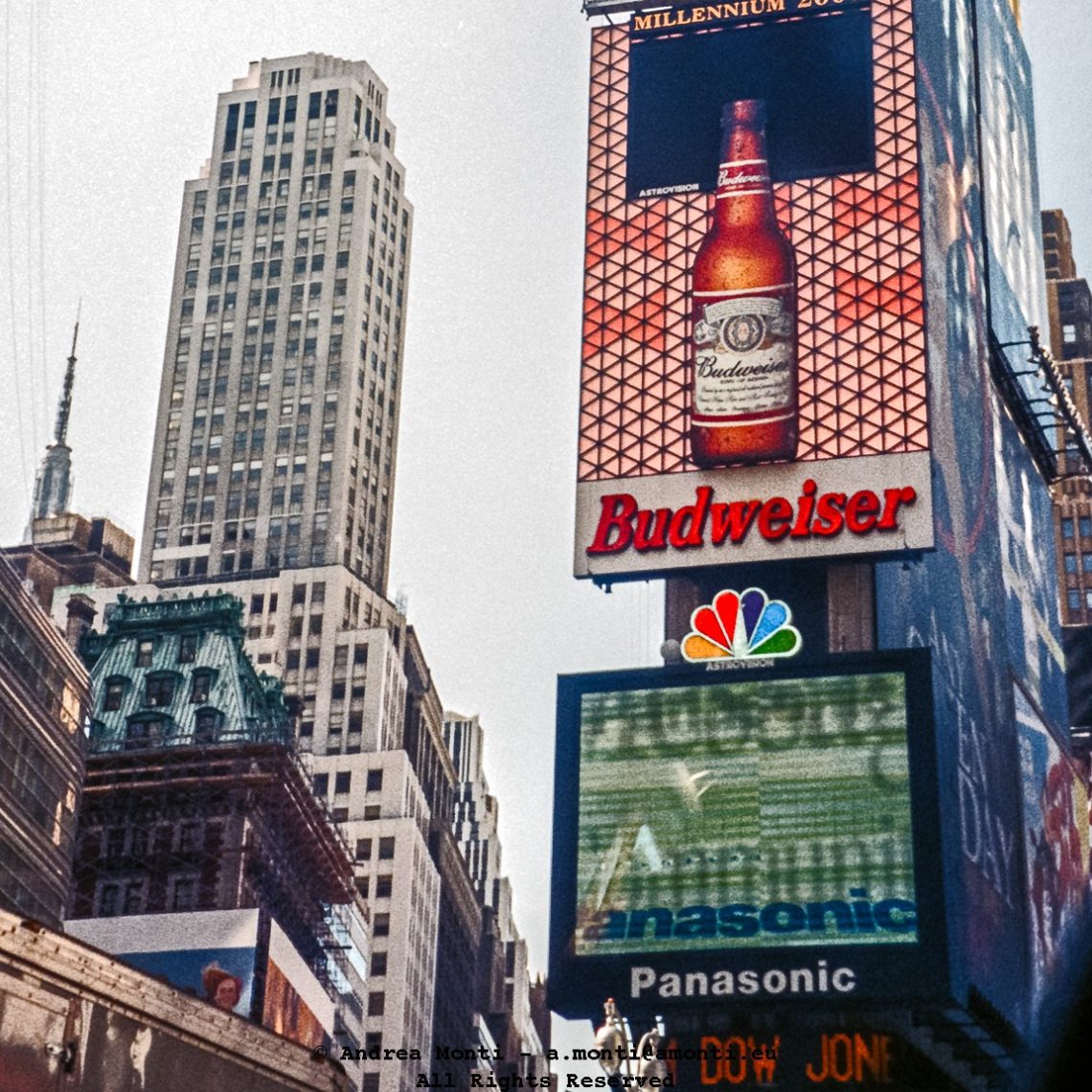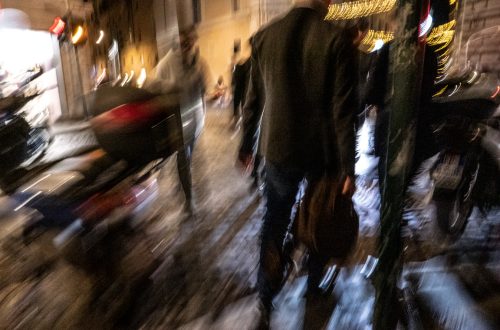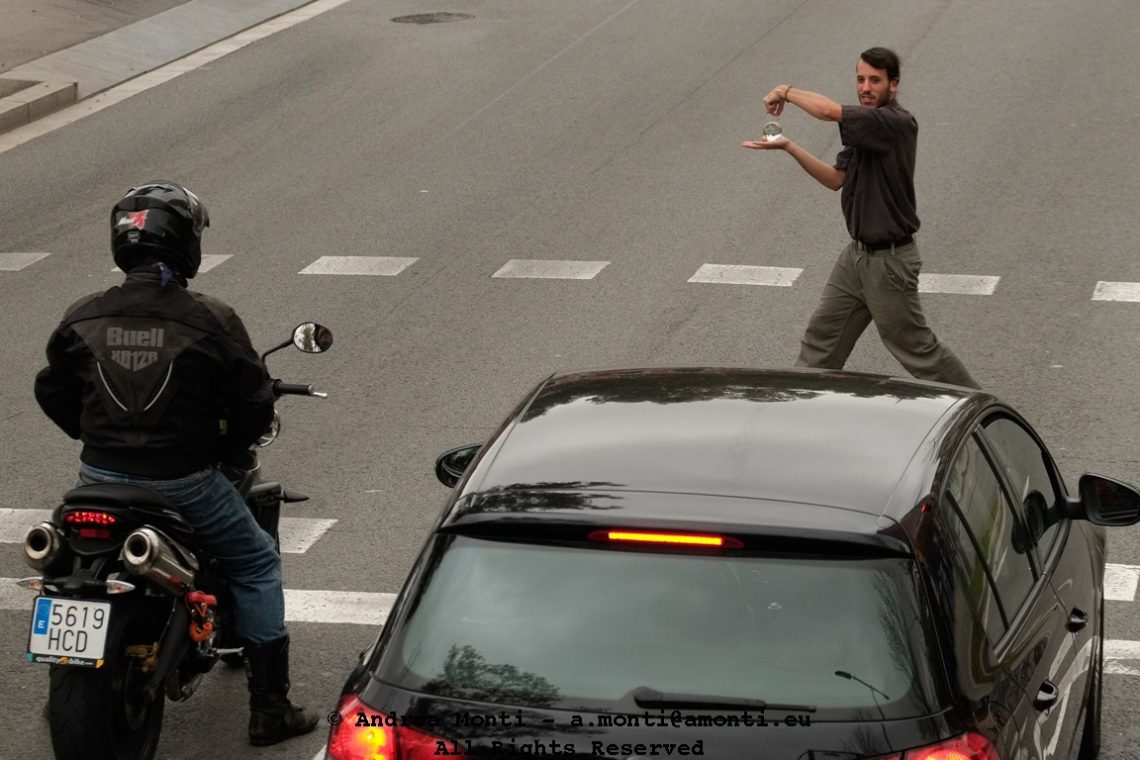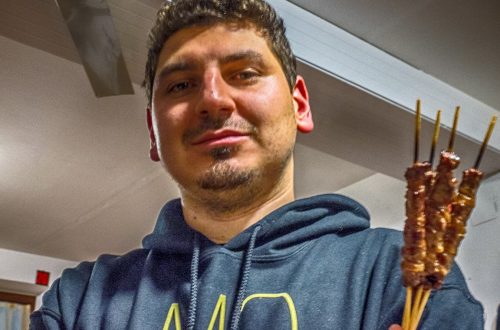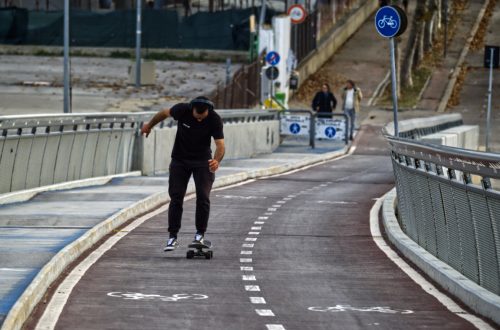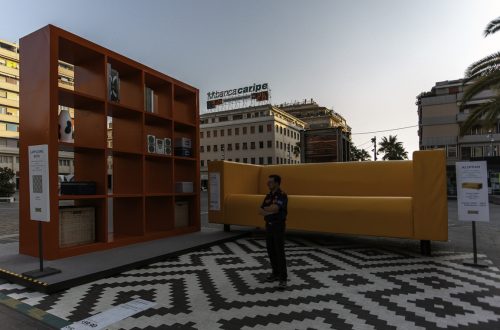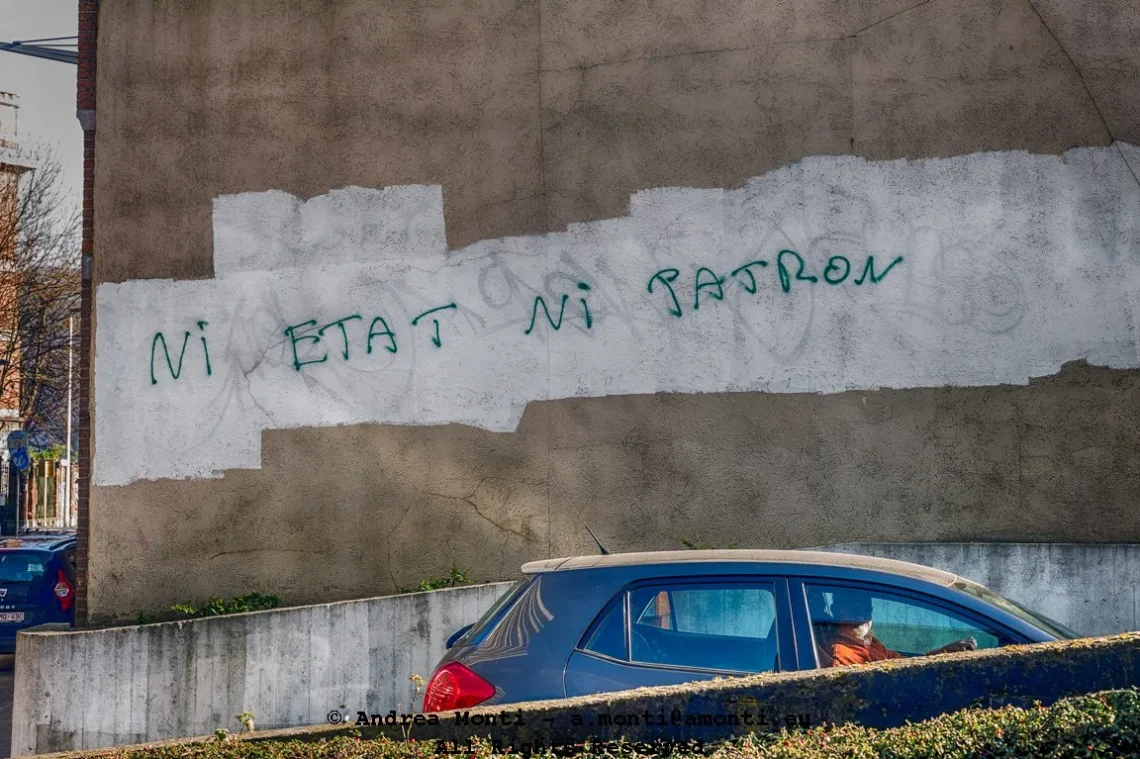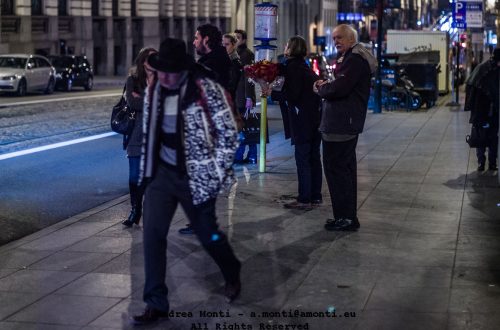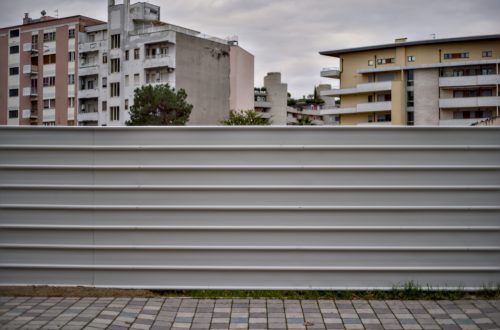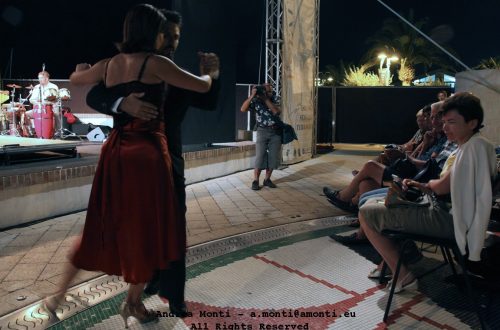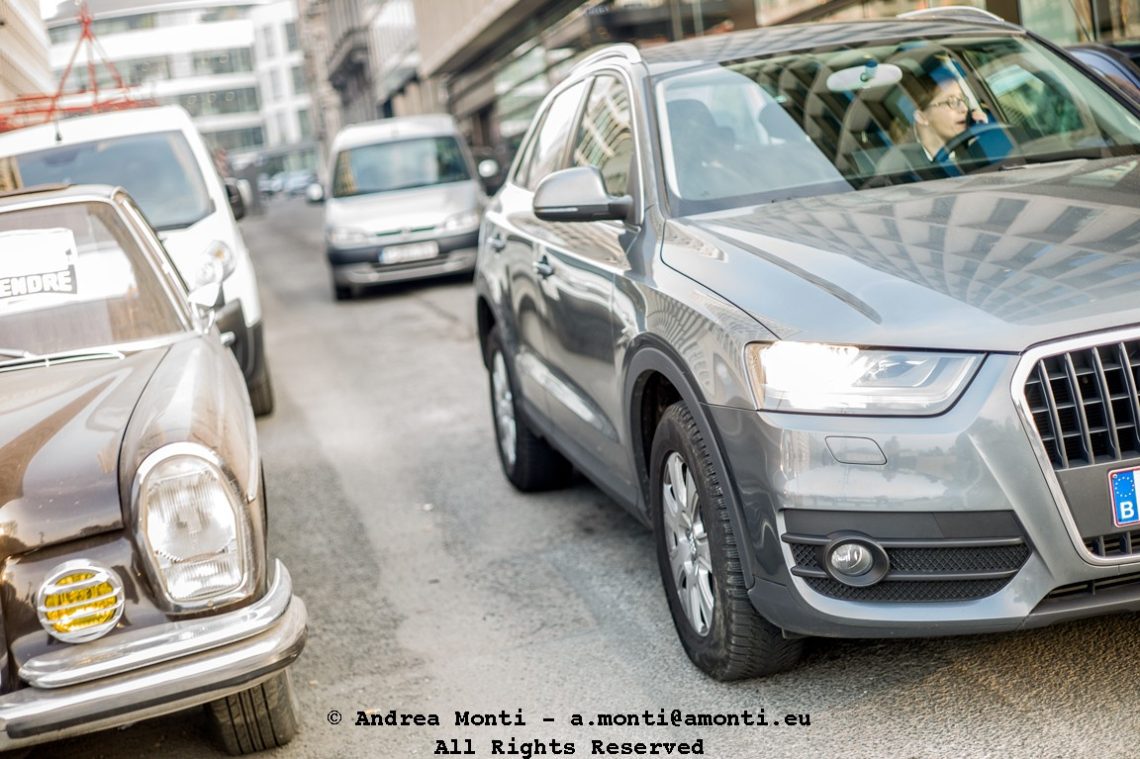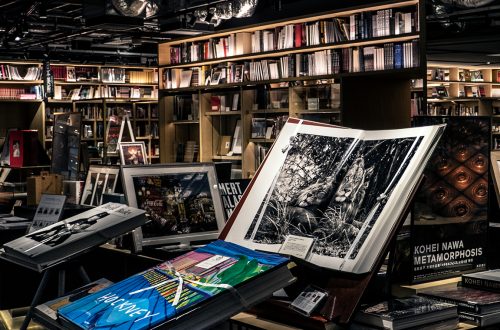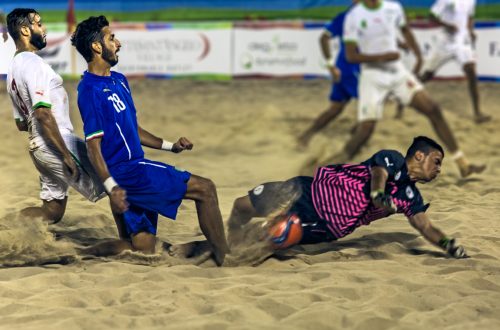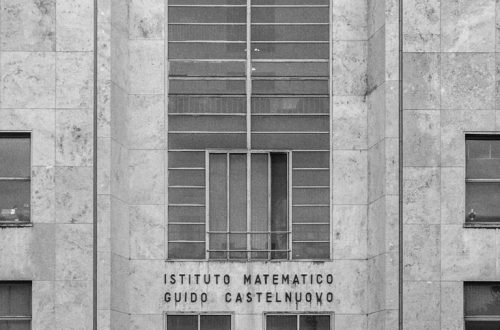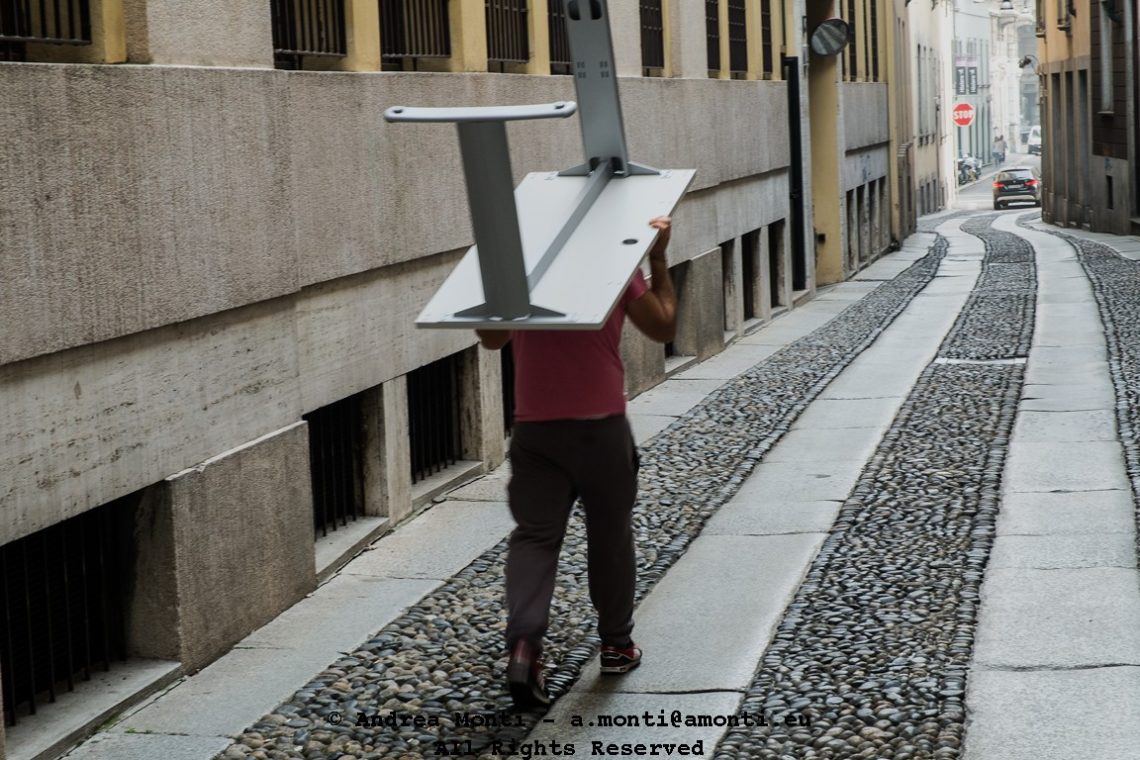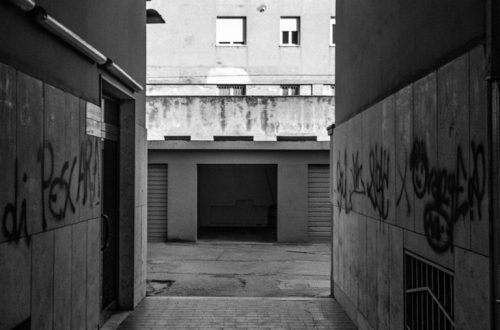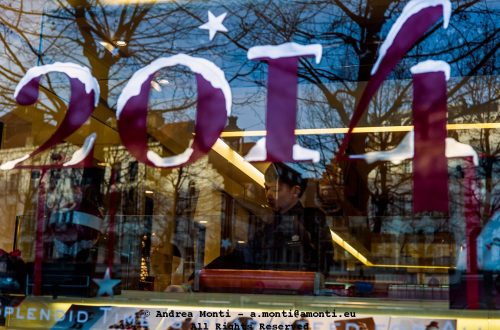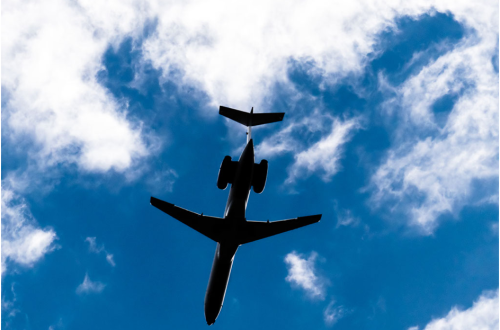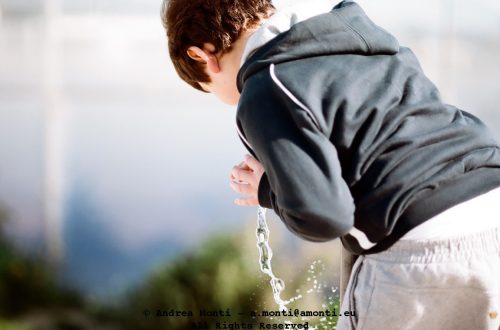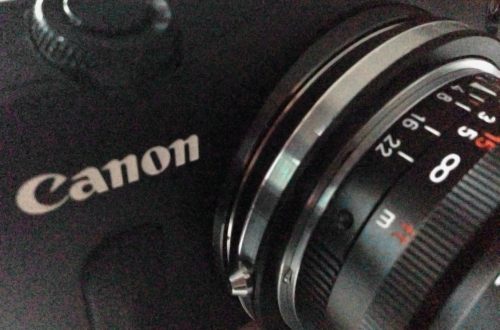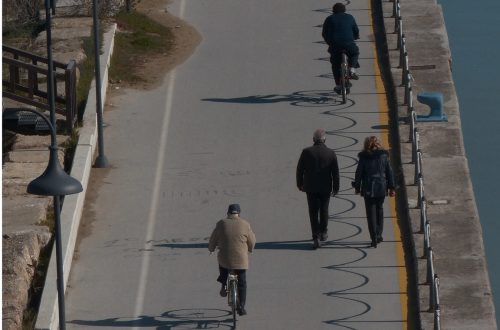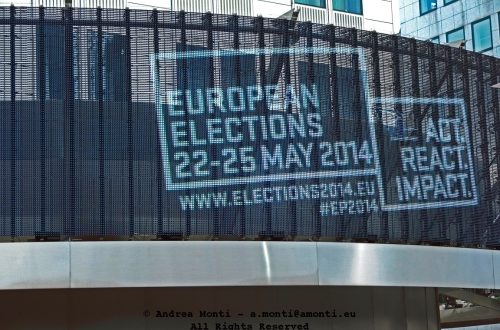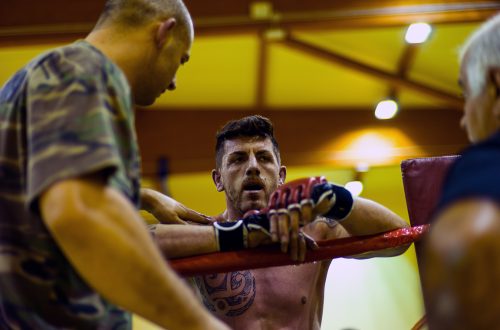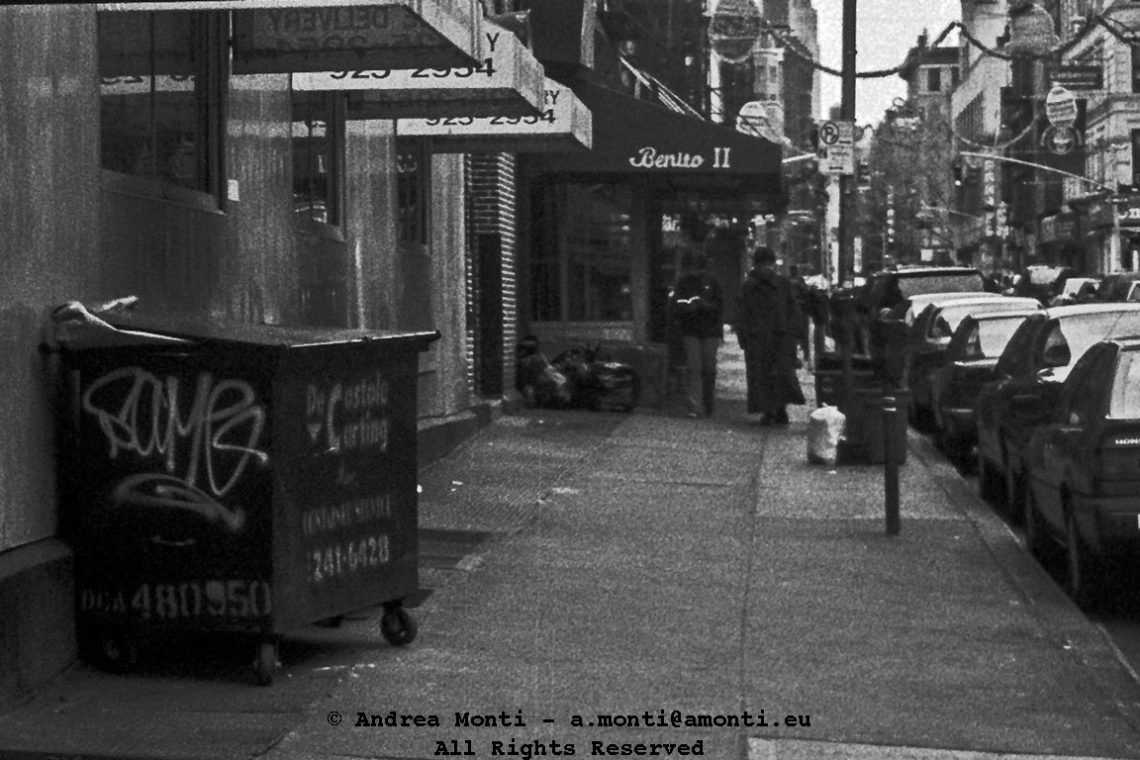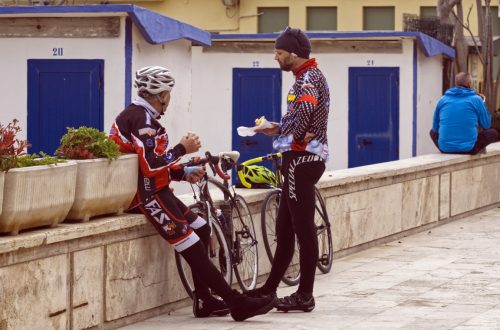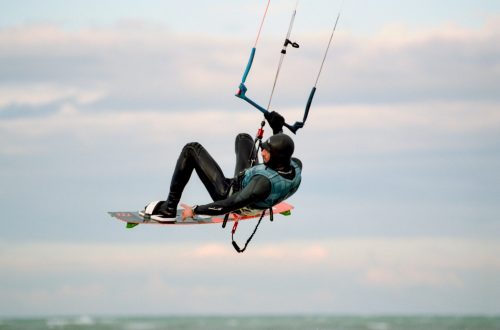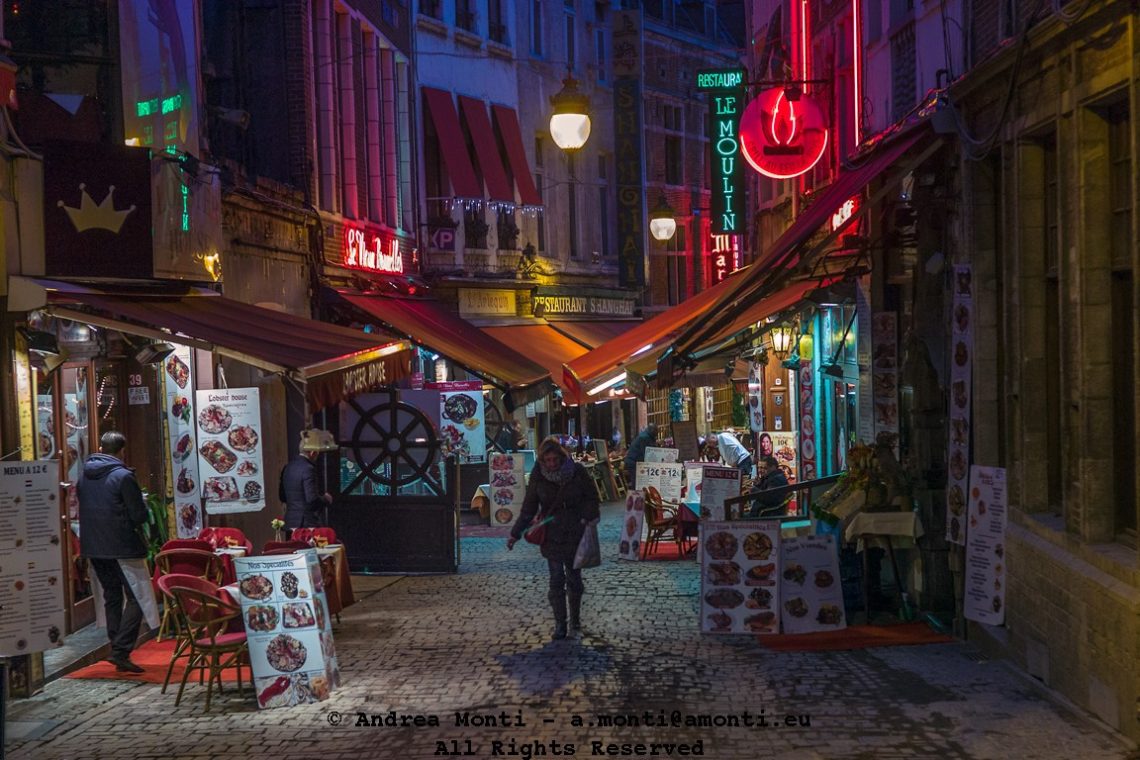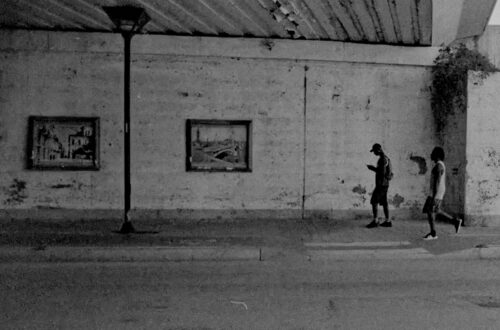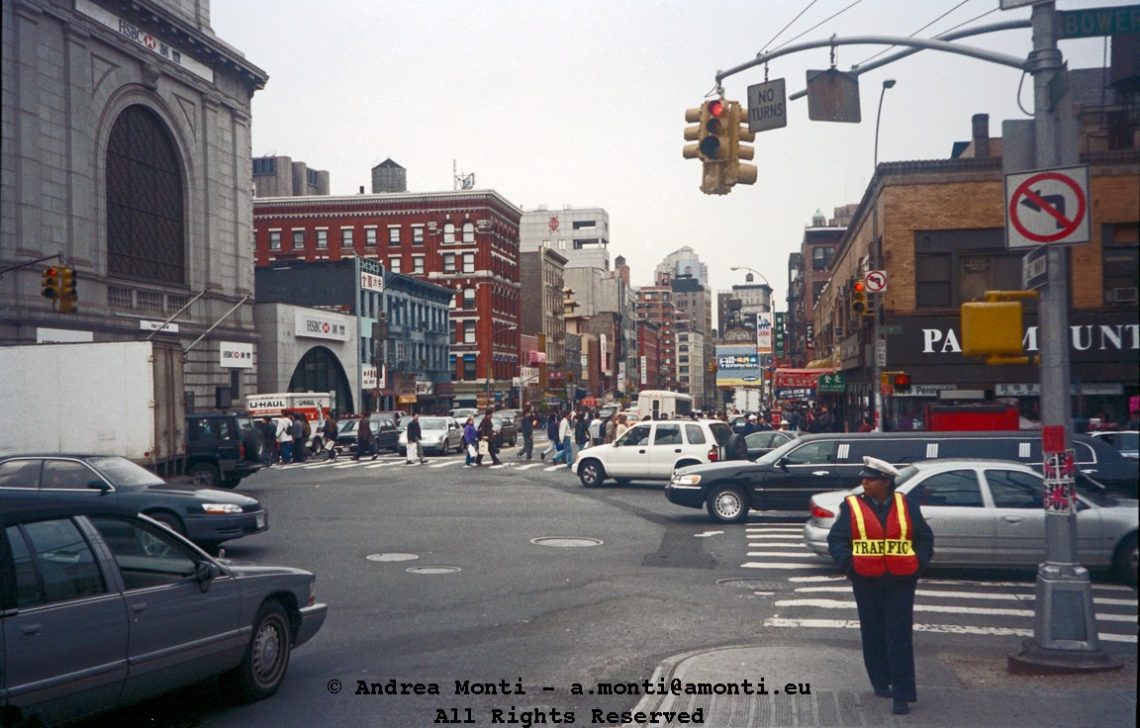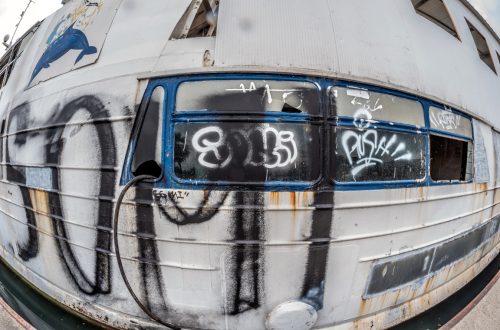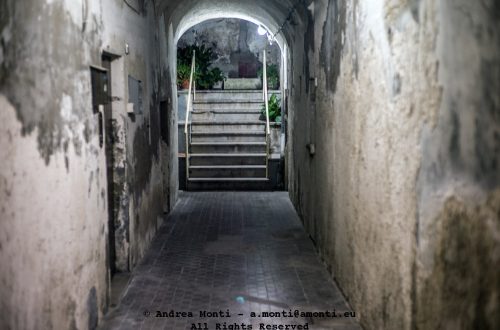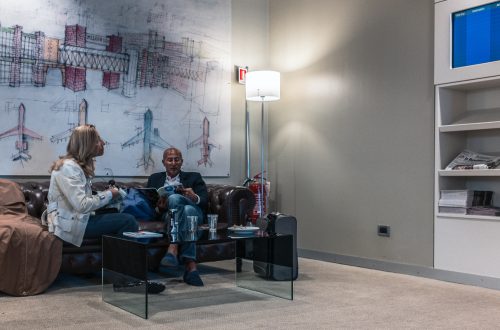-
Just Another Piccadilly Circus’ View
There’s a temptation, when standing in the middle of London’s Piccadilly Circus, to think that you’ve seen it all before. And in a way, you have. This is one of the most photographed corners of the city—neon-lit, traffic-heavy, forever brimming with tourists. Which is precisely why I wanted to make this frame. Not to reinvent the wheel, but to quietly acknowledge its inevitability. I chose a slightly elevated position, letting the sweep of Regent Street’s curve pull the viewer’s eye into the frame. The red double-decker is exactly where it should be—almost a cliché—but here it works as a punctuation mark in the composition, tying in with the bold McDonald’s…
-
One Coffee
The man was seated comfortably in the outdoor café, not in a hurry, holding a small cup of espresso with the ease of someone for whom this ritual is long-established. His posture—leg crossed, coat unbuttoned just enough, scarf tucked in with care—suggested familiarity rather than performance. What interested me most was the way he occupied the space. He wasn’t watching the street or waiting for company; he was simply present. The café terrace around him was active—people talking, a stroller being adjusted, the waitress passing through in mid-step—but his stillness formed the quiet centre of the frame. It’s not stillness as in isolation, but stillness within movement.
-
A Modern Orpheus
Shot in a southern Italian city on a humid evening, this frame owes as much to the ambient noise as it does to light. The man with the guitar wasn’t playing to be heard. He was playing because he had to—sitting on his amp, cables like roots spilling out beneath him. What I saw through the viewfinder was not a performer, but a figure entirely absorbed, distanced from the crowd that had only half noticed he was even there. The Orphic analogy came naturally—not out of romanticism, but necessity. Like the myth, he’s turned away from the world, pleading into the void for something irretrievable. His face is hidden, not…
-
RedLight
-
Ray-Ban in Milan
It’s not just about what sits on the roof—it’s about what it says without blinking. Shot in the heart of Milan, this image captures a building that has seen eras come and go, crowned by a brand that has spent decades convincing the world to look cool while blocking out the light. The lettering floats above the stone like graffiti gentrified by permanence. I framed the photo dead-on, as if to let the architecture and the logo negotiate their own contrast. The façade is neoclassical, orderly, almost too proud to wear an ad. But there it is—Ray-Ban—scribbled in neon above cornices and keystones, as defiant as it is inevitable. Black…
-
Balilla
Some cars don’t just roll into view—they make an entrance. This Fiat Balilla, polished to the kind of deep red you only get from decades of careful ownership, sits dead-centre in the frame as if the entire piazza has been rearranged to suit it. The symmetry is irresistible: the grille’s vertical bars, the balanced curve of the wings, the twin headlamps gleaming like theatre spotlights. CompositionFraming here is deliberate and effective. The Balilla claims the central axis, with bright orange crowd-control barriers creating a vivid frame-within-a-frame. The people behind form a secondary layer, offering scale and a sense of place without competing for attention. It’s an image that works because…
-
Where Did I Left My Car?
When I framed “Where Did I Left My Car”, I was chasing absence, presence, and the city’s quiet accusation. I recall stepping into a narrow lane, scanning facades, light and shadow, empty spots. I trained the lens not on what was there, but on what was not. The void became subject. I waited until all cars had passed, until the frame was emptied. Then I held the shutter, letting the urban grid, the lines of curb, doorways, and windows become witnesses. The emptiness sits heavy, like a question mark in concrete. I chose a vantage point slightly off-centre. The negative space on one side is meant to feel unbalanced—echoing the unease…
-
Stripes of Light and Decay
Shot just after sunset, this image pivots on contrast—between elevation and erosion, movement and stillness, designed flow and neglect. The high-speed overpass above, lit with sodium arcs, forms an uninterrupted stream of engineered repetition. Below, the descending ramp is paved with crooked bricks, softened by moss and time, sloping into a dim alley where parked cars and old plaster tell a slower story. I waited for the last of the ambient light to thin out before releasing the shutter. The idea was to balance the residual blue of the sky with the warmer artificial tones bleeding off the lamps and roadways. Technically, it’s not pristine. There’s a softness in the…
-
Merleria Livia
Some signs don’t light up the street—they anchor it. This one simply says “MERLERIA LIVIA,” glowing white against the black. Not neon, not flashy. Just enough light to find your way back to something ordinary. Useful. Forgotten. Shot on a rainy night, the kind that turns every surface into a mirror. The pavement reflects the streetlamps like a memory trying to stay present. A man walks slowly, slightly hunched—not from age, maybe just the weather. Hands in pockets, coat zipped. Nothing urgent, nothing staged. The shop is closed. You can feel it. The shutters are down, but the sign is still doing its job. Reminding anyone passing that once, not…
-
Red
The image was taken in the evening, when artificial lights mix with the faint remnants of daylight, producing a palette that can easily become muddy if exposure and colour balance are not carefully controlled. The choice to keep the scene in its natural ambient light preserves its authenticity, though it comes at the cost of some detail in shadowed areas. The central figure in the red jacket acts as a visual anchor, standing out decisively against the more subdued hues of the crowd. From a compositional standpoint, the frame is well balanced: the converging lines of the street lead the eye into the depth of the scene, pulling attention from…
-
Suspicious
Every street photographer knows that moment — the fraction of a second when a stranger’s gaze brushes against yours and something shifts in the air. Suspicion. Wariness. An almost imperceptible tightening of the body. That’s the curse: the invisible threshold you cross when candid turns into confrontation, even if only in the subject’s mind. In this frame, the man in the magenta sweater and black coat is mid-stride, his expression caught somewhere between concentration and mild irritation. He’s moving with purpose, but his eyes — just soft enough in the focus to keep anonymity intact — seem aware of my presence. The shallow depth of field lets the textured walls…
-
Urban Desolation
This photograph is part of a study I’ve been developing on marginal architecture—spaces neglected by urban development yet still clinging to presence. The building isn’t ruined in a picturesque way. It’s just exhausted. Scarred concrete, flaking plaster, and rusted grates stand as accidental testimonies of permanence beyond usefulness. I composed the frame to draw the viewer’s eye along the length of the structure, ending with the blurred outlines of new buildings in the background. The juxtaposition isn’t subtle—it wasn’t meant to be. These walls hold layers of past usage, from the makeshift repairs to the graffiti tags now fading like old memories. Technically, the photo rides a fine line between…
-
Via Collina, Empty, From Above
The perspective is vertical, as if leaning out and looking straight down. Cars line both sides of the narrow street, parked in strict succession, their roofs forming a patchwork of tones. The pavement and façades edge the scene, flattening into geometry under the camera’s angle. At the centre, however, the street itself is bare—an unexpected strip of emptiness in a crowded frame. Composition relies on symmetry and repetition. The rhythm of vehicles, rectangles of windows, and parallel lines of pavement create a structured grid. The lamppost, suspended on its wire, interrupts this order with a curve, offering a counterpoint to the rectilinear logic. Two pedestrians near the corner introduce scale,…
-
Lost Cellos
There’s something unsettling about musical instruments left alone. Cellos, in particular, carry a visual weight even when silent — the curve of the body, the arch of the bridge, the scroll’s delicate twist. In this scene, set against the pale facade of an Italian street, they lie scattered, leaning awkwardly against bright red plastic chairs, as though abandoned mid-performance. I was drawn to the tension between elegance and neglect. The geometry of the composition came naturally — the red chairs punctuating the frame, the arc of the white wall detail acting almost like a silent proscenium arch. The absence of people intensifies the stillness, making the instruments feel orphaned. From…
-
Just Another Times Square View
Memories from the past…
-
Now You See It…Street Juggler at a Red Light in Barcelona
Caught this just as the traffic paused. The juggler—or maybe illusionist—stepped onto the zebra crossing like it was a stage, pulling a contact juggling sphere from his pocket with the same ease most reach for a cigarette. No microphone, no music, no hat on the ground. Just confidence, and a tight, silent routine aimed at no one and everyone. I shot from slightly above, which flattened the scene into layers: the motorcyclist on the left, the car breaking the frame in front, and the performer, suspended mid-gesture. The composition benefits from the crosswalk marks, which slice the image horizontally and echo the performer’s stance. It’s geometry meeting theatre. Technically, this…
-
Ni État Ni Patron
Brussels. A quiet wall, a passing car, and a message that’s louder than both. The slogan is old—older than the paint used to scrawl it—Ni État Ni Patron. No state, no boss. A phrase that echoes from factories, barricades, pamphlets. And now, here it is again, on a half-covered stretch of rendered concrete. It wasn’t written to decorate. It was written to remain. The graffiti stands out not just for what it says, but for where it says it: in the middle of a freshly patched rectangle, painted over what was clearly another message before it. The wall becomes a palimpsest—layers of resistance, erasure, and return. Below it, a car…
-
Traffic Jam in Bruxelles
-
Walking Table in via Cornaggia
Via Cornaggia in Milan is not a place one usually associates with humour in photography, yet this image carries an almost surreal tone. A man strides down the cobblestone street, carrying a table on his shoulders, its legs pointing skyward like some awkward sculpture. His face is completely obscured, leaving only body language and context to speak for him. The everyday act of transporting furniture becomes, in this frame, an absurd visual gesture. The narrow perspective of the street enhances the composition. The converging lines of the walls and cobbled path guide the eye directly to the man, amplifying his centrality within the scene. The geometry of the table mirrors…
-
Hurry up and shut down the $%&? call!
I shot this photograph on a winter evening when the city was still busy but already slowing down. The street lights had taken over from the sun, and the air was full of that post-work restlessness — half leisure, half impatience. In front of me, a couple had paused mid-walk. She waited, a shopping bag at her side, wrapped in a red coat that caught every ounce of the lamplight. He, a few steps ahead, was absorbed in his phone — fingers scrolling, face lowered. It was a scene of quiet tension, familiar to anyone who has ever waited for someone whose attention is elsewhere. The composition relies on opposition. She…
-
So Long, Eos-M
A couple of days ago, while wandering around a street-market, I spotted a small “exhibit” of old Nikon and Hasselblad lenses. I thought it would have been nice to get the two “classic” lenses for the System V, so I traded my Eos-M (and lenses) for a Carl Zeiss lenses: a Distagon 50 and a Sonnar 150. The seller was eager to strike the deal, but I’m not sure who actually got the best bargain…
-
Slow Walk at Mulberry St.
-
Next Time, Maybe…
I made this image in one of those narrow alleys in central Brussels, where restaurants compete not just with food but with neon, colour, and attention. It’s visual overload by design. Menus on easels, signs screaming prices, waiters halfway between invitation and insistence. But what caught me wasn’t the display—it was the woman walking straight through, uninterested, unmoved. She wasn’t choosing where to eat. She was choosing not to. The photo hinges on that gesture. Her hands are in motion, her shoulders hunched from the cold, her gaze slightly lowered. She becomes the counterpoint to the street’s whole premise. All this effort around her, and none of it lands. That’s…
-
The Lost Battle
Against the New York traffic, the controllers themselves, contended in vain.
